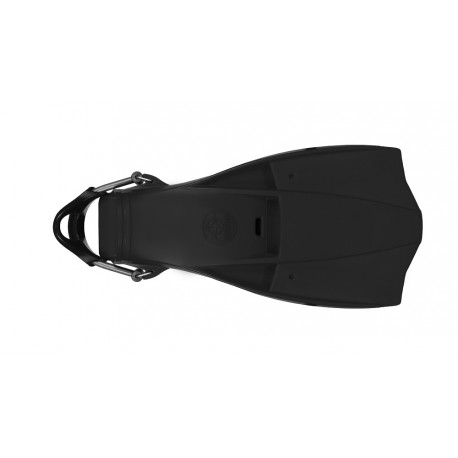Again, no. It depends on what is the priority of the diver. There exist many rigid non-split fins that are less buoyant than jet fins. Divers who want precision should prioritize these fins (examples before in this thread) over split or flexible fins.
Well, getting precision is mostly a problem of skillness, not of equipment.
Improper equipment can be a nuisance, as it happened here, but the capability of moving with precision should be a skillness almost independent on the equipment used.
The equipment should not be always the same, it should be adapted to the environment. As I already explained, there is a nice cave here in Italy, grotta Giusti, where it is forbidden to wear any suit, or any type of fins.
Of course the diving guides teach hand opposition just before proceeding with the real dive...
Thanks to hand opposition, I can make very precise movements in still water when using my long Cressi Rondine Gara fins, because simply I do not rely on them for getting the movement I want.
The whole point of the GUE Fundamentals course is to learn some of this precision movement skillness, using fins for propulsion, rotation, backward motion, etc.
GUE does not teach or recommends the hand opposition technique.
The idea is that it is better to learn these fins tricks using the very same equipment which one later will use when diving normally.
If the OP had intention to continue diving with his wetsuit and Nova fins, he had better done the course with this equipment.
If instead the goal was to switch to a more "tech" equipment (dry suit, heavy rigid fins, twin tanks), then It had been better to purchase and get used to this equipment well ahead of the course.
In both cases, it had been useful to discuss these issues with the instructor before beginning the course.
He could well have advised him to use lightweight rigid fins, as those used in underwater hockey (my son has a pair of them)...
In any case, we both agree that using the Scubapro Jetfin was not the optimal choice in this case.
I still do not understand why people purchase them, when the original Beuchat ones, which are far better, are still in production and easy to buy. See here:
The Jetfin is Beuchat's first diving fin! Revisited in 2023 with modern materials and new colors!

www.beuchat-diving.com





